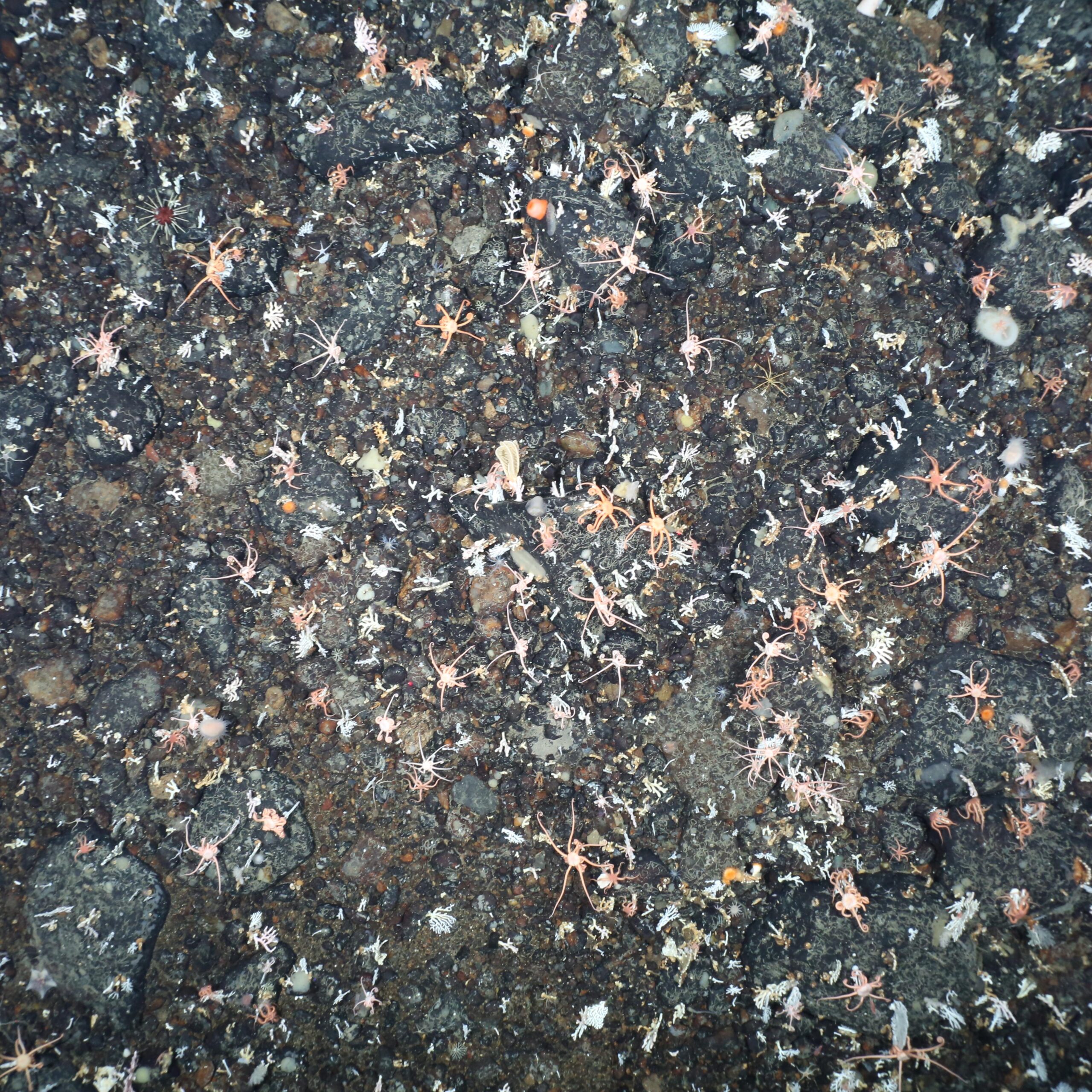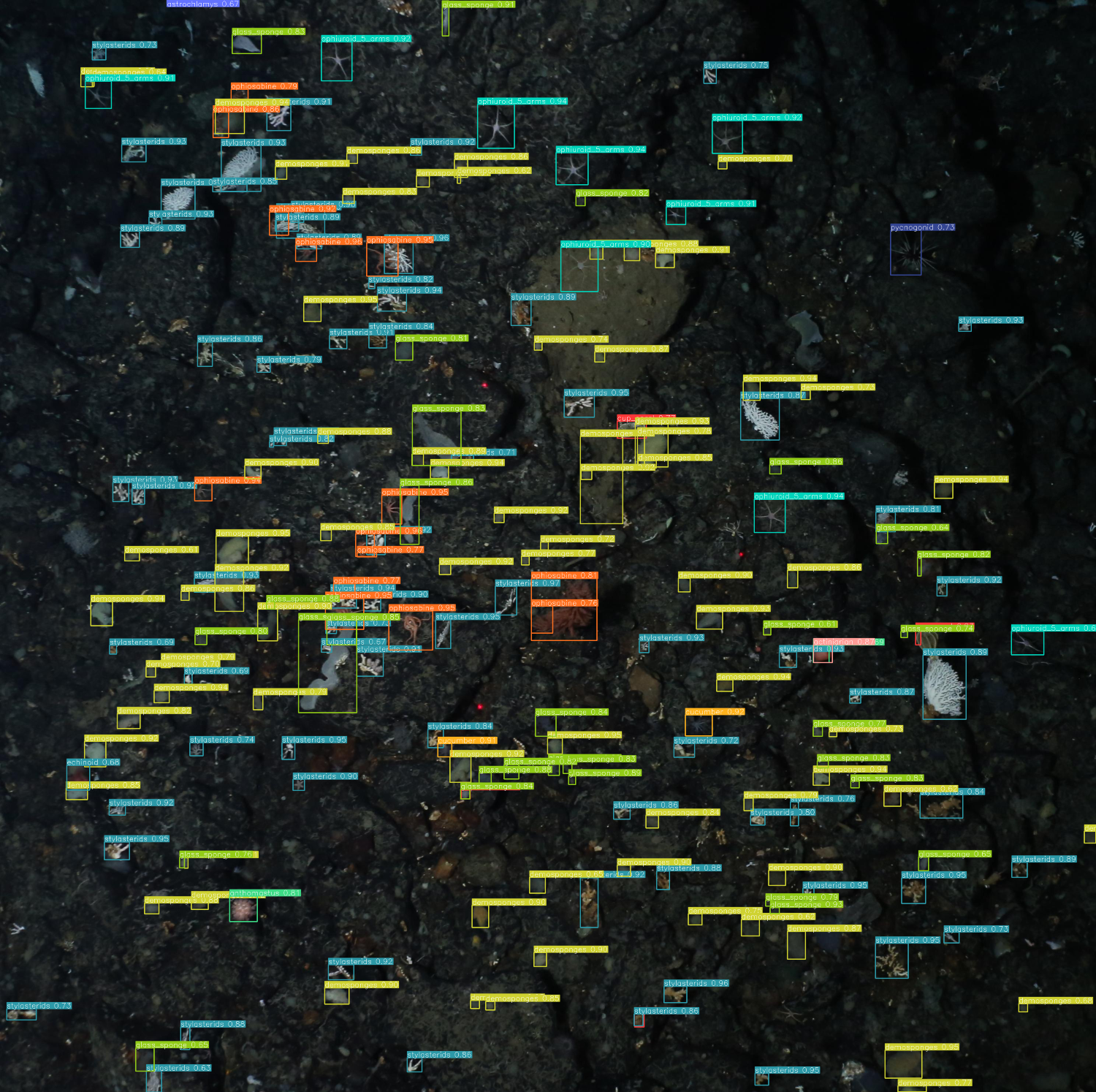New advances in Artificial Intelligence (AI) are transforming the way scientists explore and understand some of the most remote parts of the ocean around Antarctica and the strange creatures that live there.
Using the latest AI technology, scientists from British Antarctic Survey have dramatically sped up the process of detecting animals found in photographs and video taken of the seafloor - from taking several hours to a few seconds per image.

The use of this tool, in combination with expert scientists, is fast enough that it could even be used on research vessels in Antarctica to label photographs in real time as they are taken. This major increase in speed and efficiency enables researchers to cover a much larger area of the seafloor when trying to decide which parts of Antarctica need special protection.
The Antarctic seafloor is home to over 94% of all the species known from the Southern Ocean, most of which live nowhere else on Earth and are adapted to sub-zero temperatures. As climate change and human activities threaten these specially evolved animals, it is important to gather information to help us understand where these animals live and which species are at greatest risk.
"This new AI technology will massively speed up how marine biologists analyse the data they collect. Before we developed this tool image analysis was performed by hand, taking up to eight hours per photo. By having the AI work alongside the human experts, we can cut this down to a few seconds per photo." said Dr Cameron Trotter, Machine Learning Research Scientist at British Antarctic Survey and lead author of the study.
"This allows us to analyse far more data than ever before, speeding up our understanding of these unique and globally important ecosystems."
Training AI tools to understand the Antarctic seafloor, and the creatures that call it home, is extremely challenging. The model was trained on images taken on board the Germany's polar research ship, the RV Polarstern, of the Alfred Wegner Institute, in the Weddell Sea.
Dr Trotter added: "The images we used to train the AI are extremely high-resolution and packed full of weird and unusually shaped animals, often living on top of each other, some of which have never been seen before."

Scientists labelled each animal in 100 images which captured a range of seafloor species and representing a range of conditions. Learning from these labelled image, the AI can now find and label the same types of animals in photographs taken regions across the Southern Ocean. It can identify many of the most commonly seen seafloor creatures, including starfish, corals, sponges and fish.
"This is a game-changer for the way in which we analyse the seafloor, unlocking vast quantities of data crucial for the conservation of Antarctic ecosystems." said co-author Dr Rowan Whittle, a Palaeobiologist at British Antarctic Survey.
"Traditionally, scientists have relied on destructive dredging and fishing methods to collect biodiversity data, but the use of photography and AI allows rapid data collection, whilst not causing any disturbance to this vulnerable environment."
Researchers are already using this technology in their research, with a backlog of over 30,000 images from the Antarctic Peninsula and Weddell Sea currently being analysed. The findings have strong potential for species' discovery, as well as providing policymakers with crucial information that will help protect the creatures found in this vulnerable ecosystem.
Automated Detection of Antarctic Benthic Organisms to Aid Biodiversity Monitoring by Cameron Trotter1*, Huw J. Griffiths1, Tasnuva Ming Khan1 and Rowan J. Whittle1 is published at the Joint Workshop on Marine Vision, hosted as part of the International Conference on Computer Vision (ICCV), in Honolulu, Hawaii, USA.






